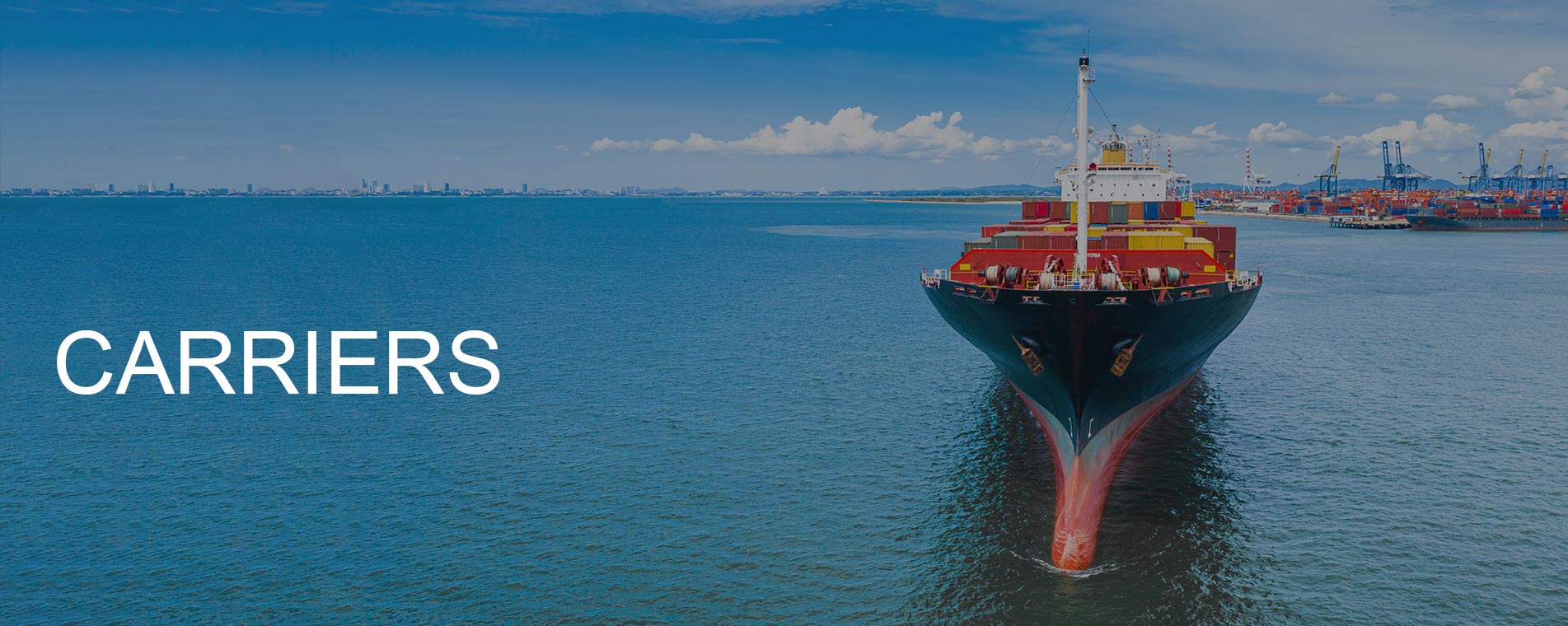Balancing Cost and Performance
The challenge facing carriers is to keep costs to a minimum while providing reliable ocean container schedules and offering premium services. The dynamic nature of the industry, with fluctuating demands, increasing competition and limited collaboration between systems make it difficult to optimize fuel and operation costs. There is a desperate need for real-time cargo monitoring with intelligent alerts, coupled with the ability to rely on consistent, trustworthy proof of documentation and information.
Confronting Overcapacity
For several years, the container-shipping industry has been highly unprofitable and yet it continues to add capacity. Vessels built in 2015 can handle five times the number of containers compared with ...
For several years, the container-shipping industry has been highly unprofitable and yet it continues to add capacity. Vessels built in 2015 can handle five times the number of containers compared with ships built before. And with pressure to fill that capacity the result is often poor business decisions. In reality, the industry has become saturated and the race is on for market share. Not only are smaller players getting squeezed out, but unhealthy price wars are making it a race to the bottom with companies charging at marginal cost.
The current supply and demand imbalance is being exacerbated with larger vessels, while the volatility of profits and fluctuating fuel costs are creating significant problems for carriers.
Managing Fuel Costs
Fluctuating oil prices and therefore volatile fuel costs, which account for up to two thirds of a ship’s operating costs, continue to represent a significant challenge for Carriers. Even with overcapacity in the market, high fuel prices and the importance ...
Fluctuating oil prices and therefore volatile fuel costs, which account for up to two thirds of a ship’s operating costs, continue to represent a significant challenge for Carriers. Even with overcapacity in the market, high fuel prices and the importance of managing fuel costs is encouraging investment in new ships with better fuel efficiency.
Tackling Pollution
Up to 3% of greenhouse gas emissions worldwide, including carbon dioxide, that are known to be the cause of global warming, climate change and extreme weather, are generated by the global ...
Up to 3% of greenhouse gas emissions worldwide, including carbon dioxide, that are known to be the cause of global warming, climate change and extreme weather, are generated by the global shipping industry. The IMO is implementing an ambitious strategy to reduce shipping emissions of greenhouse gases by 50% by 2050 compared to 2008. With many more regulations and developments still yet to come, nations around the world, ship operators and crew are going through a key period that will have significant impact over the next ten years in the shipping industry.
Combating Volatile Freight Rates
Wildly fluctuating freight rates, which represent a highly volatile issue for Carriers, mean that many have reported negative operating profits, while freight rates have been trending upwards since ...
Wildly fluctuating freight rates, which represent a highly volatile issue for Carriers, mean that many have reported negative operating profits, while freight rates have been trending upwards since 2011. Continuing overcapacity is hampering carriers’ ability to implement and maintain significantly higher freight rates.
Embracing Digitalization, Compliance, Cyber-security
The shipping industry is one of the last to adopt digitalization. There are still hundreds of paper-based processes, with significant human input and capacity for error. Major cyber-attacks over the ...
The shipping industry is one of the last to adopt digitalization. There are still hundreds of paper-based processes, with significant human input and capacity for error. Major cyber-attacks over the last decade have exposed how vulnerable the industry can be. There is growing pressure for the adoption of automated systems, AI, blockchain and sustainable practices to help modernize the entire industry.
Optimize Performance with an Open Approach
Carriers need a fully integrated ecosystem that drives efficiencies for all stakeholders in the supply chain, with accuracy, consistency and transparency. An ecosystem that is open, inclusive and scalable. An ecosystem that harnesses the latest technologies to replace outdated manual processes and eliminates the risk of human error.


